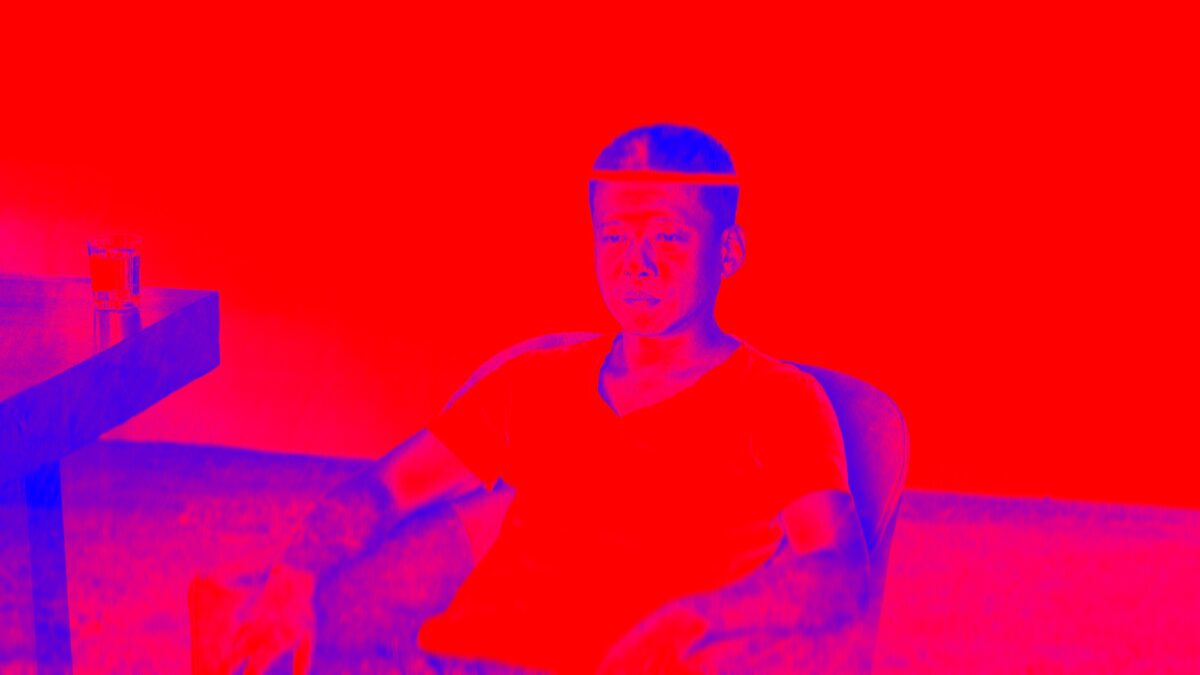A corpus of tact: skimming, grazing, squeezing, thrusting, pressing, smoothing, scraping, rubbing, caressing, palpating, fingering, kneading, massaging, entwining, hugging, striking, pinching, biting, sucking, moistening, taking, releasing, licking, jerking off, looking, listening, smelling, tasting, ducking, fucking, rocking, balancing, carrying, weighing
A century after the arrival of moving images to the big screen, people were able to lay the cursor of their mouse on them remotely from the comfort of their homes or offices, thanks to the Web. As a result of the browser wars, by the mid-1990s users could load visuals online, on webpages sprinkled with giant blinking buttons, marquee titles, dynamic visitor counters, intricate frames, and swag Under Construction GIFs—all that with a cheerful MIDI playing in the background. These ludic aesthetics of perpetual jouissance spread quickly with the View Source option, since in those tabula rasa days everyone was simply copying and tweaking HTML code. Thus, before the entrance of Flash and rich media, the web was inclusive (as long as you were able to use a computer connected to the Internet) and collaborative. The then hip, even trite metaphor of surfing indicated that the journey of most cyberflâneurs was the one of idiosyncratic discovery, as the “information space” appeared to be vast and infinite.
This Zeitgeist also marked the so-called net.art originating in the 1990s. The sociopolitical euphoria following the fall of the Berlin Wall, multiplied by the digital technologies’ popularization, galvanized artists from all over the world who felt, at last, that they belonged to the same visionary community. It is not a coincidence that among the most prominent names from that era were thinkers and practitioners from Eastern Europe and ex-Yugoslavia, bringing into their work the subversive, late-socialist spirit already brewing before 1989. Mailing lists as a virtual arena for exchange and flaming, tactical media, hacker culture, swiftly acquired hosting and e-archiving expertise, questioning art forms and power structures as a reaction to the first dot-com boom—it is easy to see parallels with XX-century movements such as Situationism and Fluxus, yet for the first time these gestures were rendered visible via the computer screen, all the while transcending the visual. Some net.artists offered an expanded take on cinema, often infused with nonlinear narrative, glitch, ASCII art, GIFs (for example Olia Lialina’s My Boyfriend Came Back from the War / 1996 [http://www.teleportacia.org/war/] or Igor Štromajer’s b.ALT.ica / 1998 [https://www.intima.org/expunction/baltica/index.html]). Others drew attention to topics such as cyberfeminism (Linda Dement’s Cyberflesh Girlmonster / 1995 [http://www.lindadement.com/cyberflesh-girlmonster.htm]) or LGBTQ+ issues (Guggenheim’s first web-based art commission, Shu Lea Cheang’s Brandon / 1998 [https://www.guggenheim.org/artwork/15337]). New territories were put on display, with projects like the netart latino database [http://meiac.es/latino/index.html], whereas for seasoned troublemakers like Jodi.org or 0100101110101101.org the entire Web transformed into an audiovisual playground.
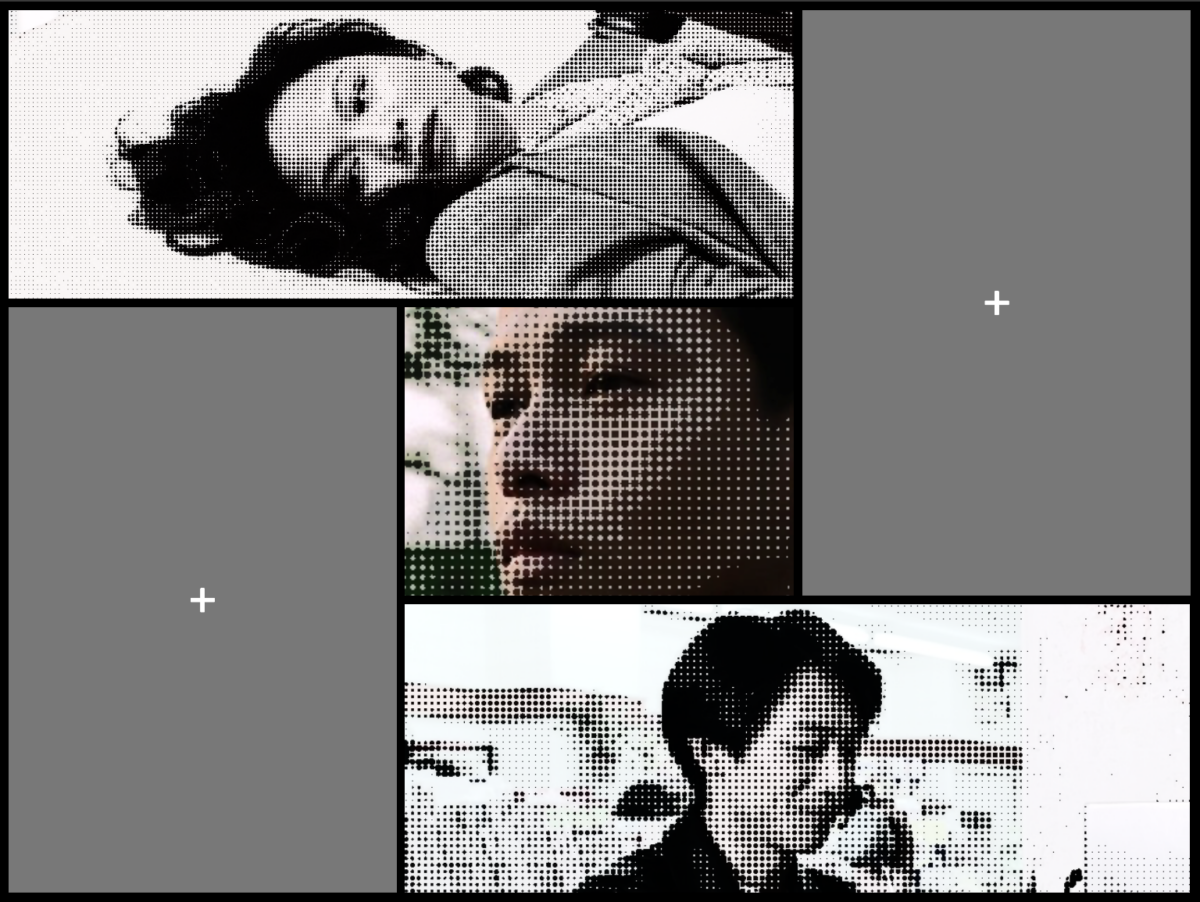
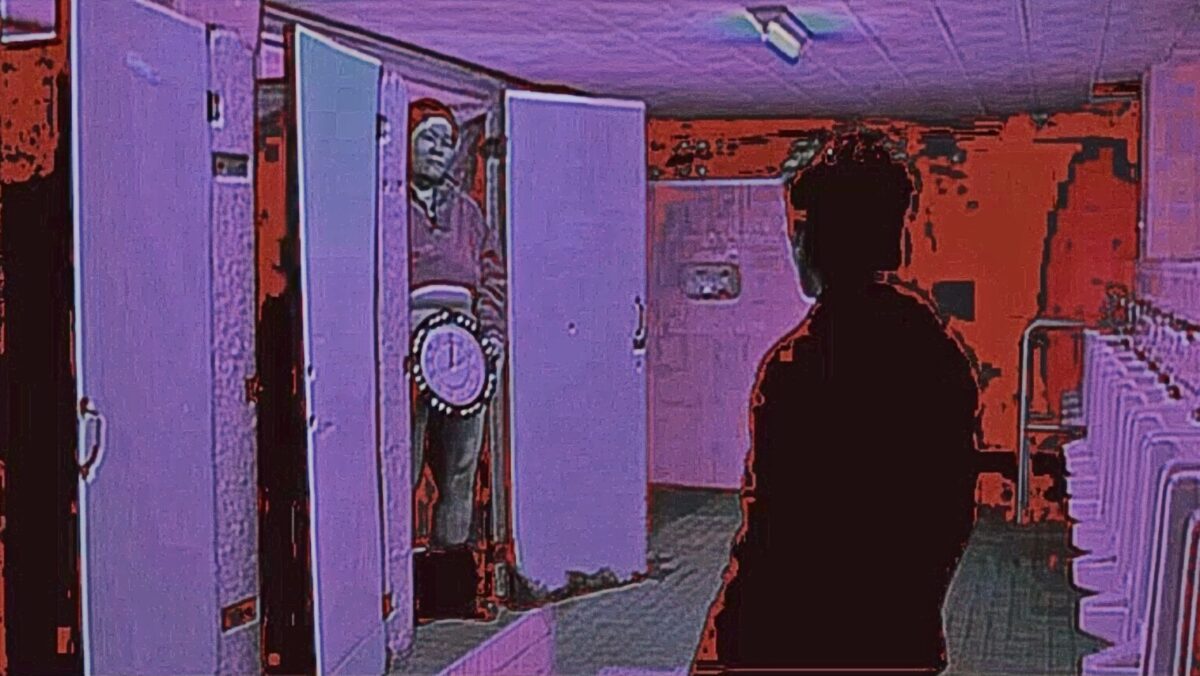
Despite its radical motions, net.art’s reach was limited. Millions of users felt the unprecedented urge for online self-expression, without necessarily having technical skills or any militant statement to make. Along with the fact that English quickly turned into the lingua franca of the Internet, there also came the exciting realization that pop culture yields a common ground with familiar topoi. One century of cinema, half a century of television, and two decades of home video were more than enough to establish the conventions of audiovisual storytelling as a universal framework for communication, to the point that memes, the poor-man’s associative montage feat, became as ubiquitous as the smiley—the ASCII miniature that left the nerdy milieu of bulletin board systems and chatrooms with the help of the SMS protocol and grew into a symbol of selfhood convertibility. Screenshots from films or video games were recycled as “reactions” and single-purpose websites were set up specially for low-resolution DIY cartoons consisting of several keyframes only, all of this charting a new trajectory of phenomenonization and a new mimpathy trend. Along with the constantly increasing bandwidth and the sudden influx of recontextualized images tiptoed the strange sensation of “zaptitude” (as per Johan Grimonprez [http://www.johangrimonprez.be/main/home.html]) as a novel genre of embodiment. The egalitarian promise of these austere, proto avatars, as well as the collective labor to sustain their intensified signaling, echoed André Leroi-Gourhan’s words in Gesture and Speech (1965): “Technical gesture is the producer of forms, deriving them from inert nature and preparing them for animation.”
Enter cloud services, touchscreens, the smartphone revolution, social media platforms, big data, and Web 2.0. Now that everyone is more comfortable, even intimate with images, the screen actually disappears, as if to hide the business mechanics underneath. These images solicit action, they are no longer there to be merely beheld—they are heavy with purposefulness and veiled metrics, literally holding our attention in this state-of-the-art economy. The instantaneous technological advancement demands immediate adaptation, and when there is no time for theory, everyone evolves into a pragmatist. Billions of non-workers laying their hands on the means of audiovisual production has led to the exponential growth of clickable consumables where the raw material is the audiovisual entropy itself. These snippets of the anthropocene varying in manufacturing quality, packed for human and machine vision in the form of pre-recorded or live-streamed videos, are more than meets the eye, though. To quote Lev Manovich’s Software Takes Command from 2013, “in software culture, we no longer have “documents,” “works,” “messages” or “recordings” in twentieth-century terms […] we now interact with dynamic “software performances.” Even if Manovich’s “deep remixability” refers to media design, it would be more than fitting to apply it to the notion that creativity 2.0 is inevitably tied with self-insertion as much as with a frivolous approach to the primal soup of content. What we remix over and over is the I, both as an empowerment endeavor attesting we are the main character, and as an effort to climb the influencers’ hierarchy. The conveyance remains somewhat illusive, yet the treadmill propelled by innumerable fingers never stops
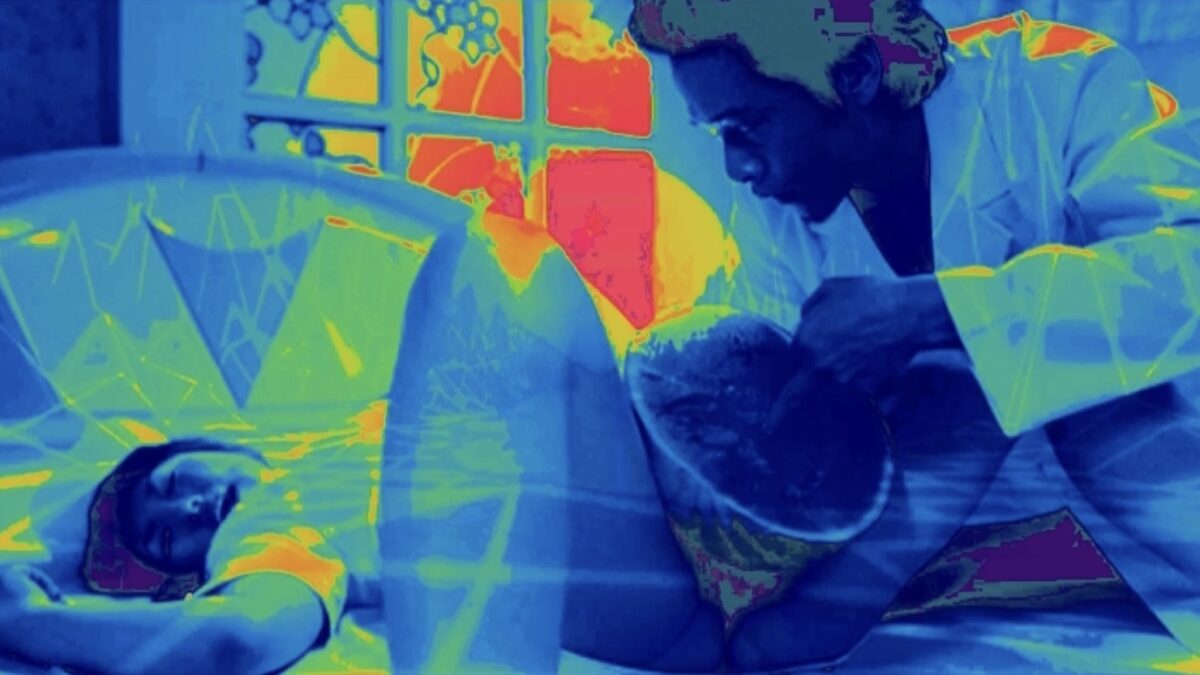
This advancing gamification of our shared online reality has driven many into the world of gaming, where rules and expectations are clear by default. Video games, too, belong to the paradigm of “computational capitalism” (to borrow Bernard Stiegler’s phrase from The Age of Disruption: Technology and Madness in Computational Capitalism, 2019), no matter if one speed runs through the levels or chills by an anti-aliased flowerbed after a full day of gardening. And yet the perception of control combined with the solitary experience of this audiovisual entertainment, regardless if in single or multiplayer mode, has somehow set it apart from other media varieties. In his 1961 book Man, Play and Games, originally published in French as Les jeux et les hommes in 1958, Roger Caillois defined two types of games (ludus / structured and paidia / spontaneous) and four categories (agon / competition, alea / chance, mimicry / simulation, and ilinx / vertigo), with paidia & alea as well as ludus & ilinx being incompatible according to him. And yet the machinima genre that has emerged from the gaming culture might go against those postulates, as the quest for individual and group self-expression that trifles with the game mechanics encounters the digital happenstance governing any interactive environment.
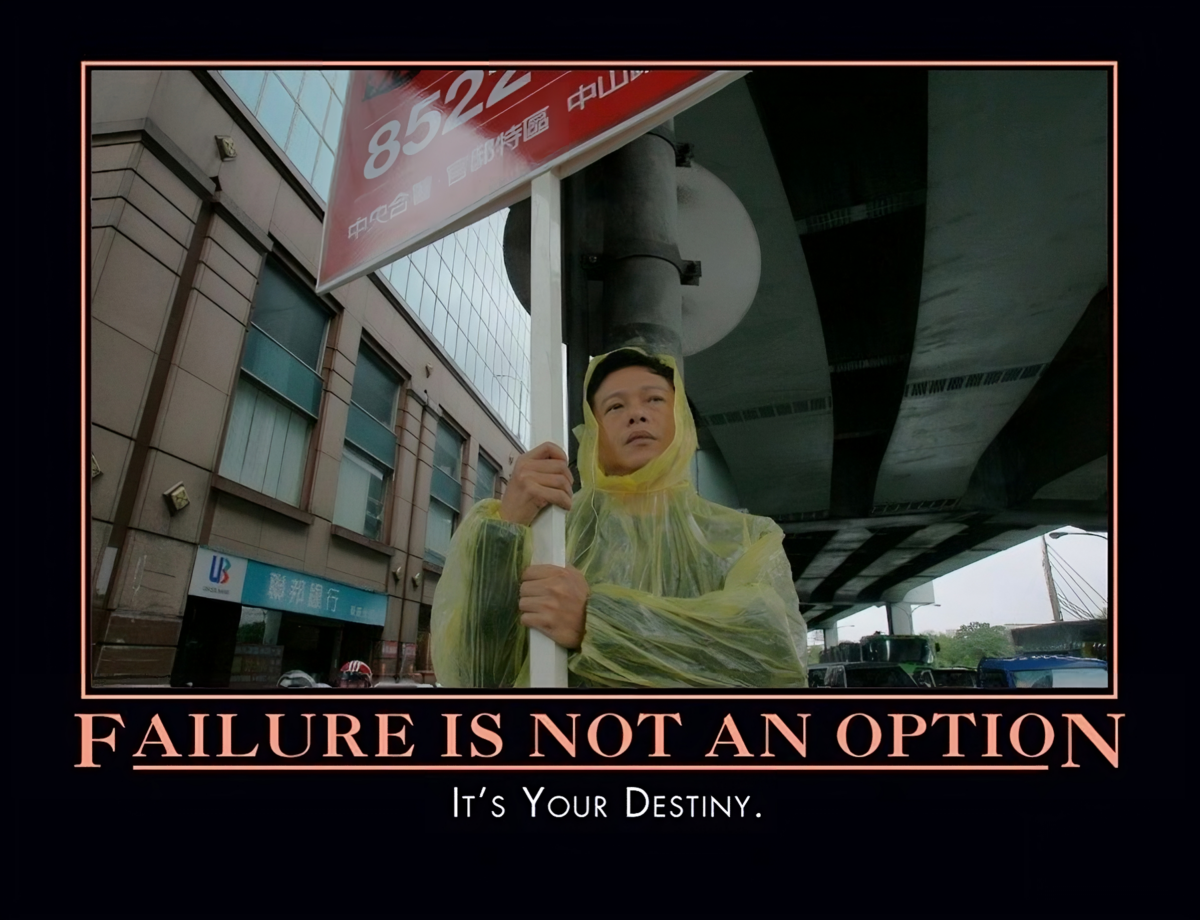
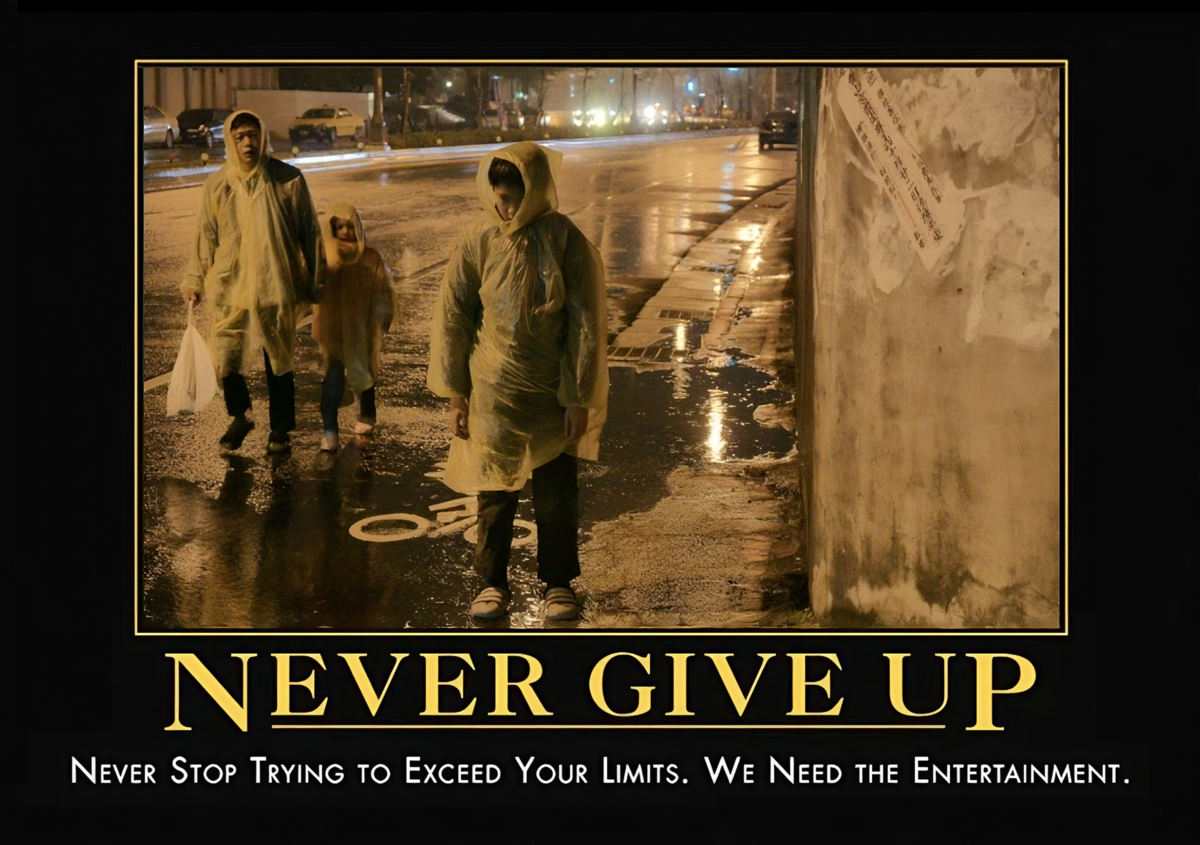
When Chris Marker experimented with Second Life [https://chrismarker.org/chris-marker/ouvroir-the-movie-by-chris-marker/] in the 2000s, this move came across as avant-garde and in unison with his real-life brand, with institutions such as the Harvard Film Archive [https://chrismarker.org/chris-marker-2/second-life-tour-with-chris-marker-and-the-harvard-film-archive/] rapidly jumping on the bandwagon, however, machinima folklore has stayed within the gaming community for long, until its recent discovery at major film festivals with an appetite for hybrid documentaries. Sara Sadik’s Khtobtogone (2021), Oleksandr Hoisan’s The Analogy of Space (2022), Joe Hunting’s We Met in Virtual Reality (2022), Ekiem Barbier, Guilhem Causse, and Quentin L’helgoualc’h’s Knit’s Island (2023), the entire Oberhausen program dedicated to machinima [https://www.kurzfilmtage.de/en/press/detail/theme-2023-against-gravity/] in 2023 announce a shift in the audiovisual dispositif, undoubtedly spurred by the pandemic. What was once a devoted crowd’s amusement has unlocked bonus meaning for noob audiences craving for authenticity. Cheating with “ready-made” on the outside but de facto hijacking capitalism’s motto “Time is money” on the inside, this “elevated” machinima allows us to delegate control to a non-story, generally weaved by the testimonies or actions of players whose faces we don’t see. Paradoxically, there is a profound emotional connection, albeit on the basis of fleeting biographical markers and barely audible nuances—despite the lack of familiarity with the setting, our senses, already baptized in the 24/7 news cycle and social media discourse, are well-learned and craving a sort of retaliation on images. To co-opt Evan Calder Williams’ remark on the subject of shard cinema [http://thirdrailquarterly.org/evan-calder-williams-shard-cinema/]: “Sabotage, from the outset, stands opposed to the ideal of the smooth and thin, and insists instead not on the literal roughness or thickness of an apparatus, like some awful steampunk tablet, but on its technical and historical roughness, density, and internal contradictions. It insists on this insofar as it requires a deep connection with the machines, commodities, concepts, and spaces that curse us, a collusion with enemy materials against their social forms. After all, you can’t sabotage something unless you know intimately how it ought to work and hence where the points of friction between ought and does lie.”

Going back to Stiegler and computational capitalism, its ultimate, nihilist pledge is “the loss of the feeling of existing, the loss of the possibility of expressing one’s will, the correlative loss of all reason for living and the subsequent loss of reason as such.” Even without succumbing to the sombre tone of this observation, the past several years have brought the premonition of overall action paralysis, overwhelming as much as salient when it comes to our passive position vis-à-vis images and the profit-oriented processes behind them. Seemingly, the acceleration of AI fabrication has only reinforced this sentiment, yet any possible solution is still in our hands.
